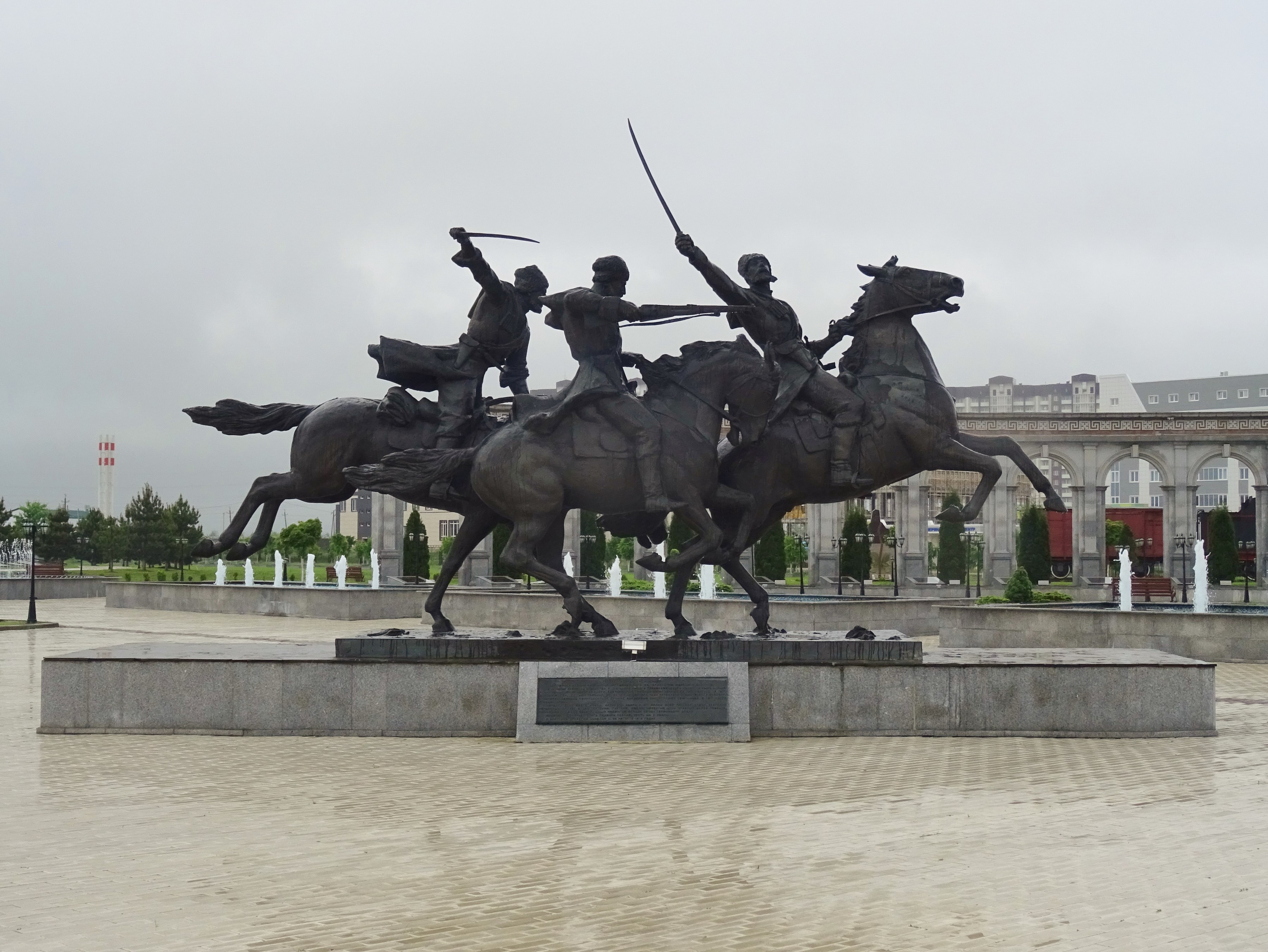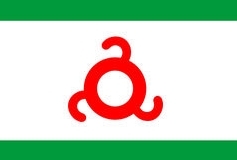Ingushetia
The Caucasus' smallest republic

Ingushetia lies on the northern slopes of the Caucasus in Russia’s Deep South. It is sandwiched between the neighbouring republics of North Ossetia-Alania to the west, Chechnya to the east and the country of Georgia to the south. At just 3,000 square km, Ingushetia is the smallest of Russia’s North Caucasian republics.
Like the Chechens, the Ingush belong to the ethnic group known as the Vainakh, a people who have lived in the region’s highlands since before antiquity. Ingush make up ninety-five percent of the republic’s population of nearly half a million.
The Ingush have their own language, which is closely related to that spoken in Chechnya. They refer to themselves as Ghalghai – ghala meaning ‘fortress’ or ‘town’ in Ingush and ghai meaning ‘inhabitants’ or ‘citizens’. Ingush society is organised in some 350 clans.
Together with their neighbours in the North Caucasus, the Ingush people have experienced much hardship over the centuries. When the Mongols began invading the Caucasus in the 14th century, like other ethnic groups in the region, the Ingush fled to the mountains and built stone towers for protection. These stone towers have become a national symbol.
Click on the images to enlarge them and see the captions:
In the 18th and 19th centuries, Russia sought to expand its borders southwards to encompass the Caucasus, including the lands inhabited by the Ingush. Successive Tsars fought a series of wars to try to wrest control of the region, but their Imperial armies met with fierce resistance. Writing in January 1827, Russian General Ermolov recounted how the Ingush were “the most courageous and militaristic among all the highlanders”.
Eventually, like their neighbours in Ossetia and Dagestan, the Ingush came under the Russian yoke. When the Tsar was overthrown in the Russian Revolution of 1917, on December 21 of the same year Ingushetia – together with Chechnya and Dagestan – declared independence from Russia and set up their own country, the ‘United Mountain Dwellers of the North Caucasus’.
Independence was short lived: in 1921, the Soviets moved in and Ingushetia and its neighbours were absorbed into the Soviet Union. In World War II, despite fighting in the Red Army, the Ingush – like the Chechens – were falsely accused of collaborating with the Nazis. Under what was known as ‘Operation Lentil’, Stalin ordered tens of thousands of Ingush and Chechens to be deported to Kazakhstan, Uzbekistan and Siberia. Thousands perished during the journey or in exile. In 2004, the European Parliament recognised the deportations as genocide.
After Stalin’s death in 1953, those who survived were allowed to return. But the Ingush found that, during their absence, Moscow had transferred part of Ingushetia to North Ossetia and their homes had been given to North Ossetians and Russians.
When the Soviet Union collapsed in 1991 and Chechnya declared independence, Ingushetia – which had been in the same Soviet administrative region as Chechnya – broke away to join the Russian Federation. Unfortunately, the Ingush were caught up in the ethnic conflicts that broke out in the region and many more died. From 2007-15 Ingushetia experienced a violent civil war from which it is still recovering.
Today, the North Caucasus is relatively stable and Ingushetia is one of a string of small republics in the region. It enjoys a degree of autonomy within the Russian Federation. Nazran, its original capital, was more a collection of villages and so in 1995 work began on building a new administrative capital, Magas, nearby. In 2002 it officially replaced the old capital Nazran. With only some 6000 residents, Magas is still under construction, but already has a presidential palace and a parliament building. The name Magas apparently means Sun City, but, as you can see from the photos, there were only clouds and rain when I was there.
Of the four North Caucasian republics I visited, Ingushetia seemed to be the poorest. With the exception of the dazzling new mosque in the centre of Nazran, much of the old capital appeared locked in a time warp. Visitors are so rare that someone tipped off Ingush national television that we were in town. A reporter and camera crew turned up at the restaurant we were having lunch in to film the event!
My trip to Ingushetia was organised by Untamed Borders.
RETURN

